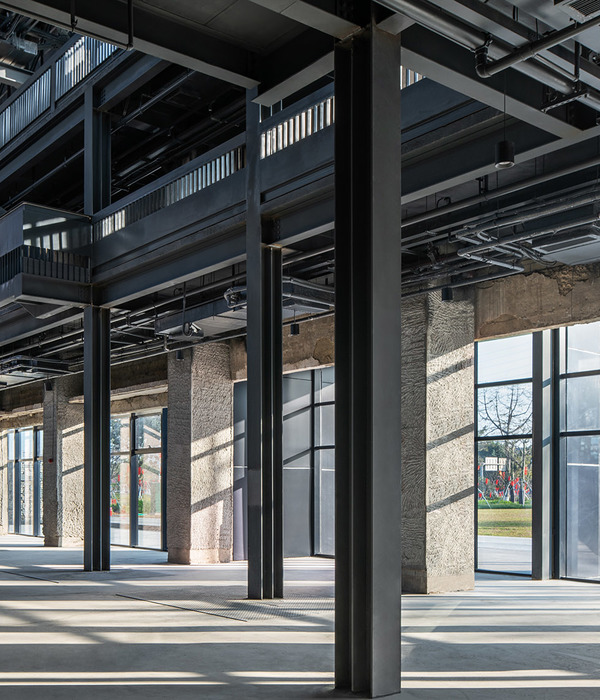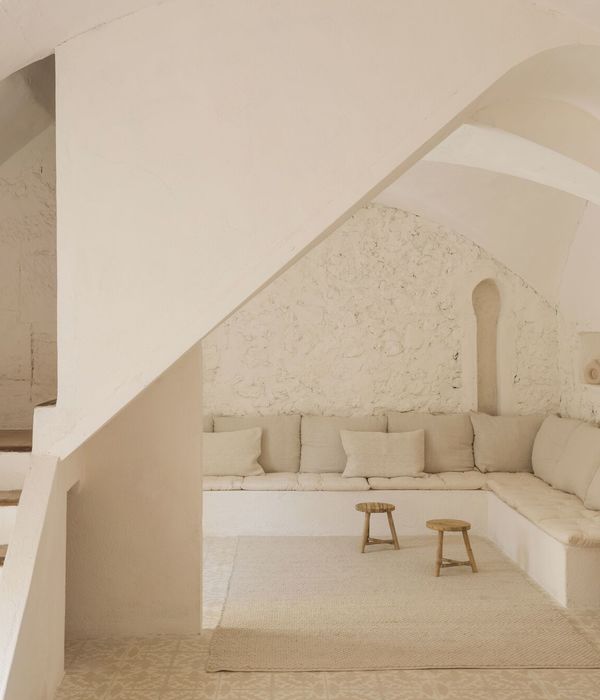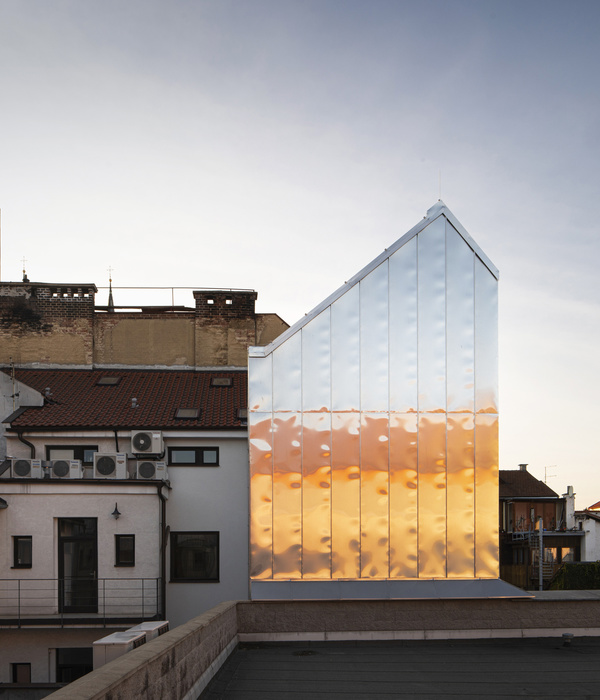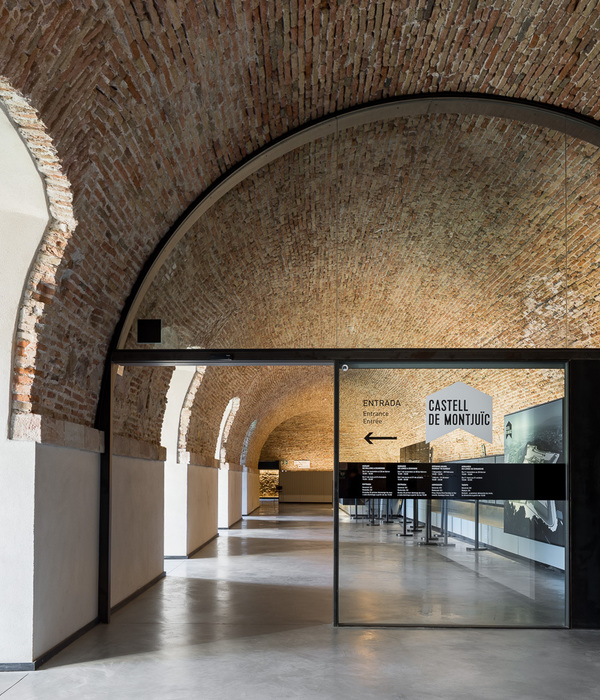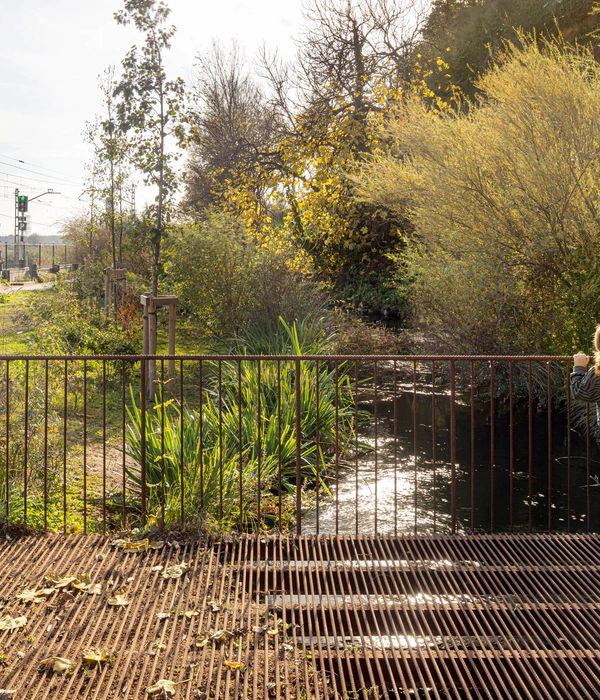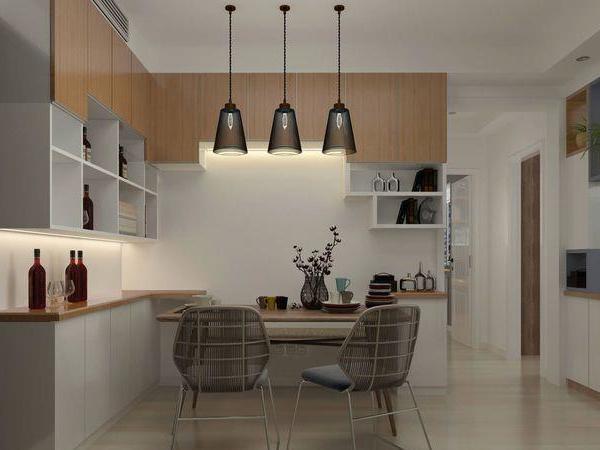Architect:Office Winhov;van Hoogevest Architecten
Location:Willemsoord, Buildings 66 and 72, Den Helder, Netherlands; | ;View Map
Project Year:2023
Category:City Halls
At the former Royal Naval Shipyard Willemsoord, Office Winhov and Van Hoogevest Architecten repurposed two historic buildings – a neoclassical mast shed and a post-WWII sail-making facility – to bring together Den Helder’s previously scattered administrative functions. While now forming a new and compelling future-resistant ensemble, the distinct characters of both buildings were retained.
With the move to Willemsoord, the city is establishing its bond with not only its nautical history and culture but also between the citizens and this once-outlying area. The 40-hectare national shipyard was, in fact, always closed off. Built on behalf of Napoleon, the area housed the Royal Navy since 1822 and formed an integral part of the Den Helder Defence Line. This only changed in 1995 when the Royal Navy moved to the Nieuwe Haven. Now, Den Helder is making a dramatic leap forward to make this area an essential part of the city.
During the repurposing, the architects had to contend with two distinct buildings, says project architect Jacqueline van Dam of Van Hoogevest Architects. “We got to know the mast shed and the sail-making facility very well during the design process. One building was made of brick and wood, the other of concrete and steel – all tough, vulnerable, and on occasion, stubborn materials. Both buildings are marked by their age and turbulent history, but also with a beauty that only seems to grow over time.”
Jan Peter Wingender sees a city hall as a singular architectural assignment: “A city hall makes the government visible and represents democracy in society. At the same time, it’s a place where a city builds its memory, identity, and self-image. It’s the place you marry and where you register the birth of your child. A city hall makes visible what unites us as citizens.”
The mast shed – Building 66 on the shipyard – has an almost square plan consisting of four on-floor parallel naves. After a restoration in the 1990s, no new use was found for the national monument. “The mast shed was obviously best suited for the public program of the town hall,” says Jan Peter Wingender. “As a central space, the inner street brings life to the vastness of the warehouse.” Hence, the public desks, the council chamber, the wedding hall, a work café, and a meeting centre are now located here.
The warehouse’s beauty is based mainly on the wooden supporting structure of braced fins under a purlin roof. New skylights now highlight not only the monumental construction but also what’s written on the wood: the names of ‘wharf-ians’ who once worked here.
A wooden supervisor’s house in the mast shed was the starting point for the interior design, with its horizontal lines now reflected throughout. Out of respect for the monument’s status, the walls have been placed separately from the original wooden construction where possible.
“The panels are color-matched to the coastal palette and have an acoustic function,” says Jacqueline van Dam. “And all installations have been carefully concealed in the floors and hollow walls.”
This former sail-making factory from 1949 stands as a beacon on one of the docks. It now houses the administration and municipal organisation of Den Helder – previously these functions were spread across multiple locations. The building – Building 72 on the site – has an iconic concrete structure. This has now been completed with a new, high-quality steel façade with large windows that express the further public use of the building. The industrial past and the unique architectural layer come together in the façade.
The architects gave the heart of the building a void over all three floors. Along the façades, Office Winhov and Van Hoogevest Architecten made room for around 250 flexible workplaces, with plenty of daylight and an unobstructed view of Willemsoord.
“The building originally had no installations, but the new function required a lot of technology,” says Jan Peter Wingender. “By reversing the installation concept, as it were – with all installations on the existing floor and a new computer floor on top – the ceilings and construction remain visible, and we could retain the character of the building.”
Sustainability was a vital component of the redevelopment of both buildings. The new city hall is equipped with its own Heat and Cold Storage (WKO), and the roof of the former sail-making facility is wholly covered with solar panels, making it a fully energy-neutral building. Where possible, insulation has been optimized while maintaining the monumental value of both buildings.
With the sustainable repurposing of the mast shed and the sail-making facility, the municipality has now safeguarded the future of both buildings. The new city hall will also give an essential boost for the further development of Willemsoord – which will only strengthen the connection between the shipyard, the city, and its residents.
▼项目更多图片
{{item.text_origin}}

